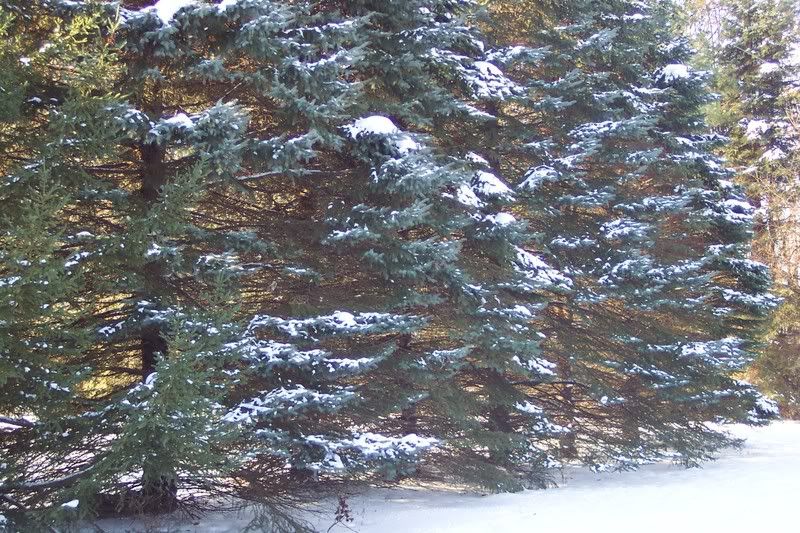Anyone can grow fruits or vegetables in their own backyard. No special garden plot needed!
Edible plants can be tucked in a number of spots in an existing landscape. The only requirement is enough sun which in most cases is 6-8 hours of direct sun.
Any vegetable can be grown but some look better than others, so they can be put in more noticeable spots. Some plants that are being used for landscaping are swiss chard, parsley, everbearing strawberries, lettuce, kale, cabbages, peppers and many kinds of herbs.
Best results can be obtained if the soil is improved directly around the edible plant. Also, during dry spells, they will probably need supplemental water.
Blueberries and dwarf fruit trees such as apples, pears, peaches and plums are a good choice even though they need a few early season sprays.
Grapes on a fence or arbor can add quick privacy. There is even a hardy Kiwi vine for our hardiness zone.
Just think of walking out into your own yard in the summer and picking peaches off your own tree. Nothing tastes better!
bye for now,
Judy
